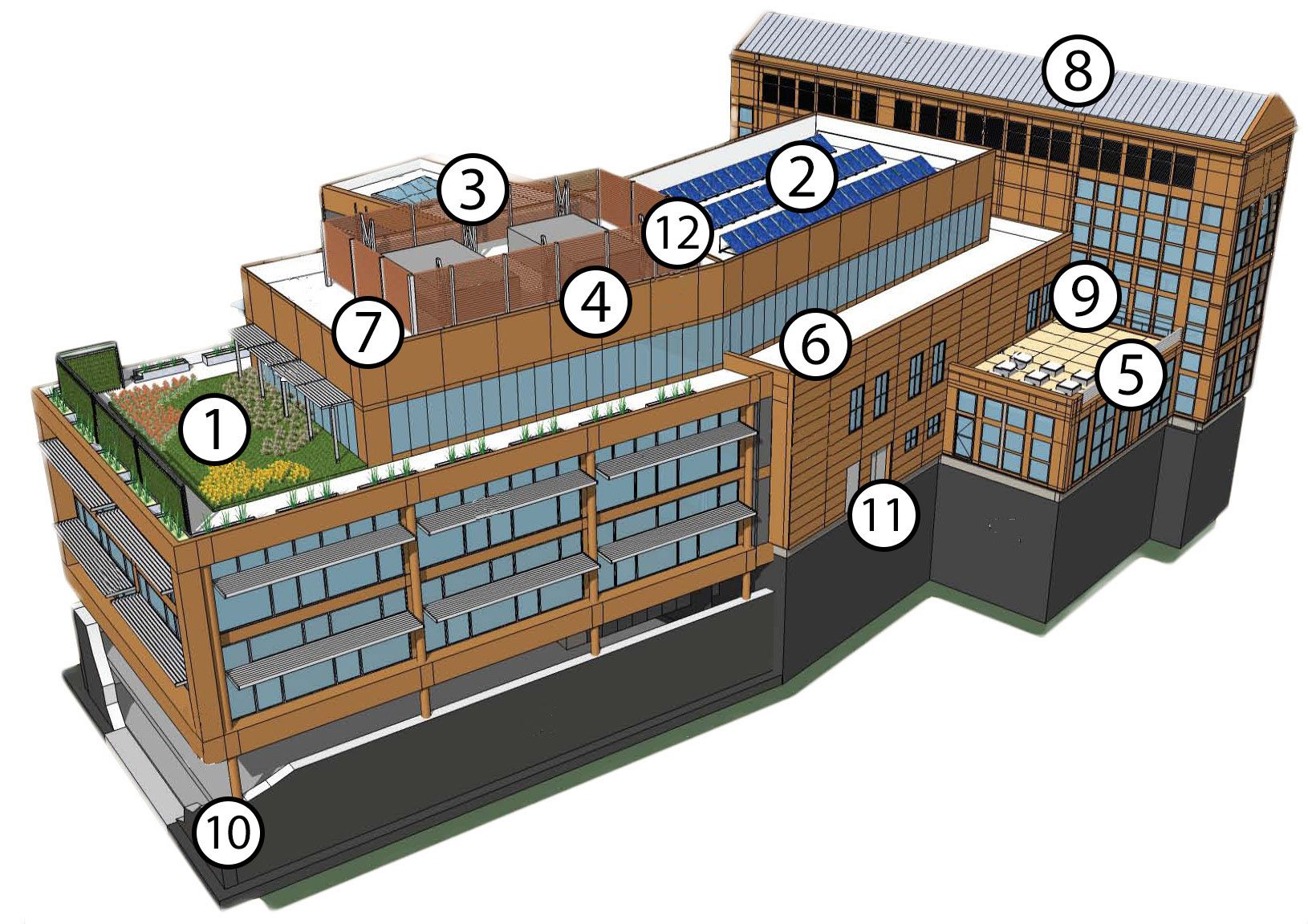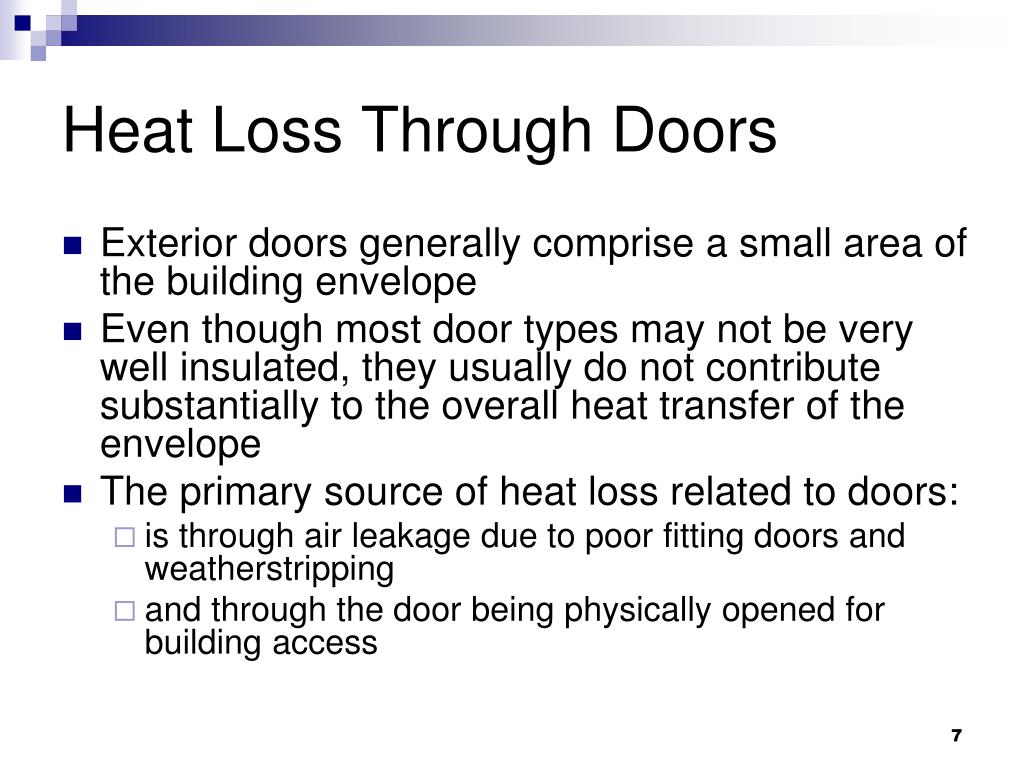
Having outer doors that seal well drastically improves the thermal efficiency of a house. Glazing refers to the panels in windows, doors and skylights - usually glass - that let light through.ĭoors are included in the housing envelope as they tend to be the biggest holes in the envelope. Inhaling fiberglass is extremely bad for a person's respiratory system, so it is important to wear a mask if this insulation type is in one's roofing system. Beyond this, the attic areas in most houses are insulated with fiberglass spray insulation. Inside of the tar paper is wood sheathing. It consists of shingles on the outside, which are on top of tar sheeting as a vapor barrier. The roofing system is an important part of any house, as it keeps weather out. While the precise placement and configuration of each component may vary between climates and individual buildings, the following components are typically found in the wall assembly (from exterior to interior): The wall assembly consists of a system of components that fulfill the support, control, and finish function of the building envelope. In some cases, a sump pit and pump system will be required in addition to the perimeter drain. One example of a perimeter foundation drain is weeping tile placed in trench complete with gravel ballast backfill, also known as a french drain. ĭrainage around the perimeter of the foundation must be provided to prevent long-term underwater submersion of the waterproofing membrane. Additional waterproofing products such as sheet-applied membranes, liquid membranes, cementitious waterproofing, and built-up systems are also viable options. Waterproofing the foundation is typically completed by applying a liquid applied asphaltic damproofing. The transfer of thermal energy through the foundation can be controlled by providing insulation between the interior and exterior environments however, in some cases the foundation insulation is neglected to reduce construction costs. However, the foundation must also be designed to control the transfer of moisture and thermal energy into the interior space.

Typically, some combination of reinforced concrete walls, slabs, and footings constitute the structural components of the foundation. The foundation is the structural component that transmits the loads from the building to the underlying substrate.

The connections and compatibility between these elements is critical to ensure that the building envelope functions as intended. The building envelope includes the materials that comprise the foundation, wall assembly, roofing systems, glazing, doors, and any other penetrations. To make the building look attractive while still performing support and control functions.



 0 kommentar(er)
0 kommentar(er)
